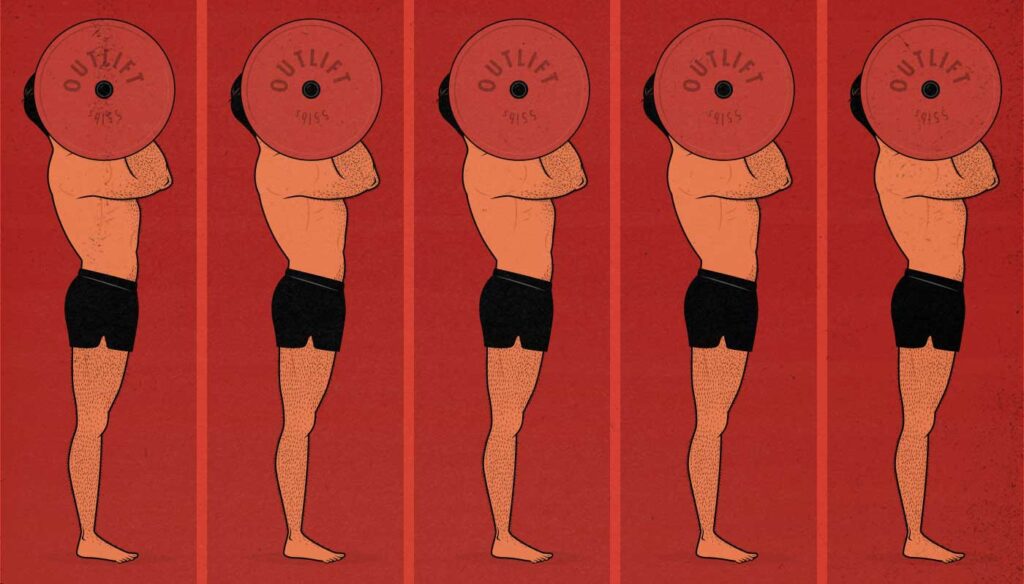
High-Frequency Training: Should You Train Your Muscles Every Day?
A common question we get is whether we can train our muscles every day. And yes, that’s okay. There’s even a name for it: high-frequency training. The idea is that by training our muscles more often, we can keep them growing steadily all week long, speeding up our muscle growth.
The next question, though, is whether we should train our muscles every day. Does it offer any advantages? Are there any disadvantages we should consider? And that’s where things get more tricky.
There’s a reason why most workout programs that have stood the test of time recommend training our muscles just 2–3 times per week. But it’s also true that high-frequency training has some genuine advantages.
So, should you train your muscles every day?
- What is High-Frequency Training?
- How Long Do We Build Muscle After Working Out?
- Can We Build Muscle Faster by Training More Often?
- Are There Benefits to High-Frequency Training?
- Is There a Downside to Training Our Muscles Every Day?
- How to Minimize Joint Pain & Maximize Muscle Growth
- Some Lifts Are Easy to Train More Often
- Another Way to Train 5 Days Per Week
- Summary
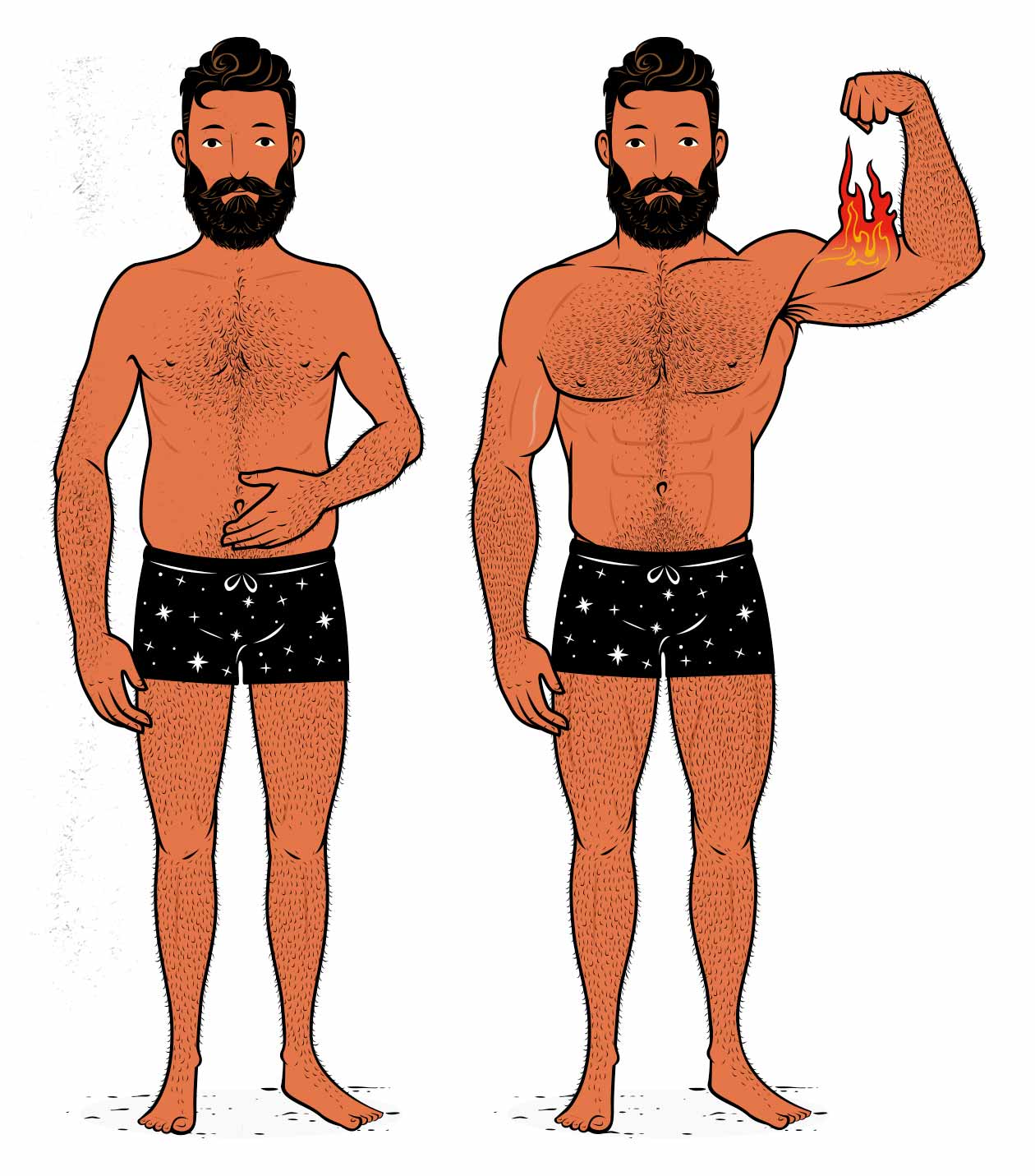
What is High-Frequency Training?
Most workout programs train our muscles 2–3 times per week. For example, with a 3-day full-body routine, we’re training our muscles 3 times per week. Or with a 4-day split routine, we’re training our muscles 2–3 times per week. High-frequency training is when we work out our muscles more often than that, training them 4–6 times per week.
A classic high-frequency training program might have 5 full-body workouts per week, and oftentimes each workout uses different lifts to challenge those muscles in slightly different ways. The first workout might have squats, the second might have leg extensions, the third might have leg presses, and so on. But there are many different ways of programming them for various goals. For example, it’s popular for powerlifters to do a squat-every-day program to bring up their squat or a bench-every-day program to bring up their bench press. In those programs, only specific muscles are being trained and only specific lifts are being used.
How Long Do We Build Muscle After Working Out?
As we cover in our training frequency article, there’s a robust amount of research showing that working out boosts muscle-protein synthesis in beginners for a couple of days. But when once a lifter becomes more experienced, they return to baseline much more quickly (study). That’s why a lot of intermediate lifters think that they need to be training more often if they want to build muscle steadily throughout the week.
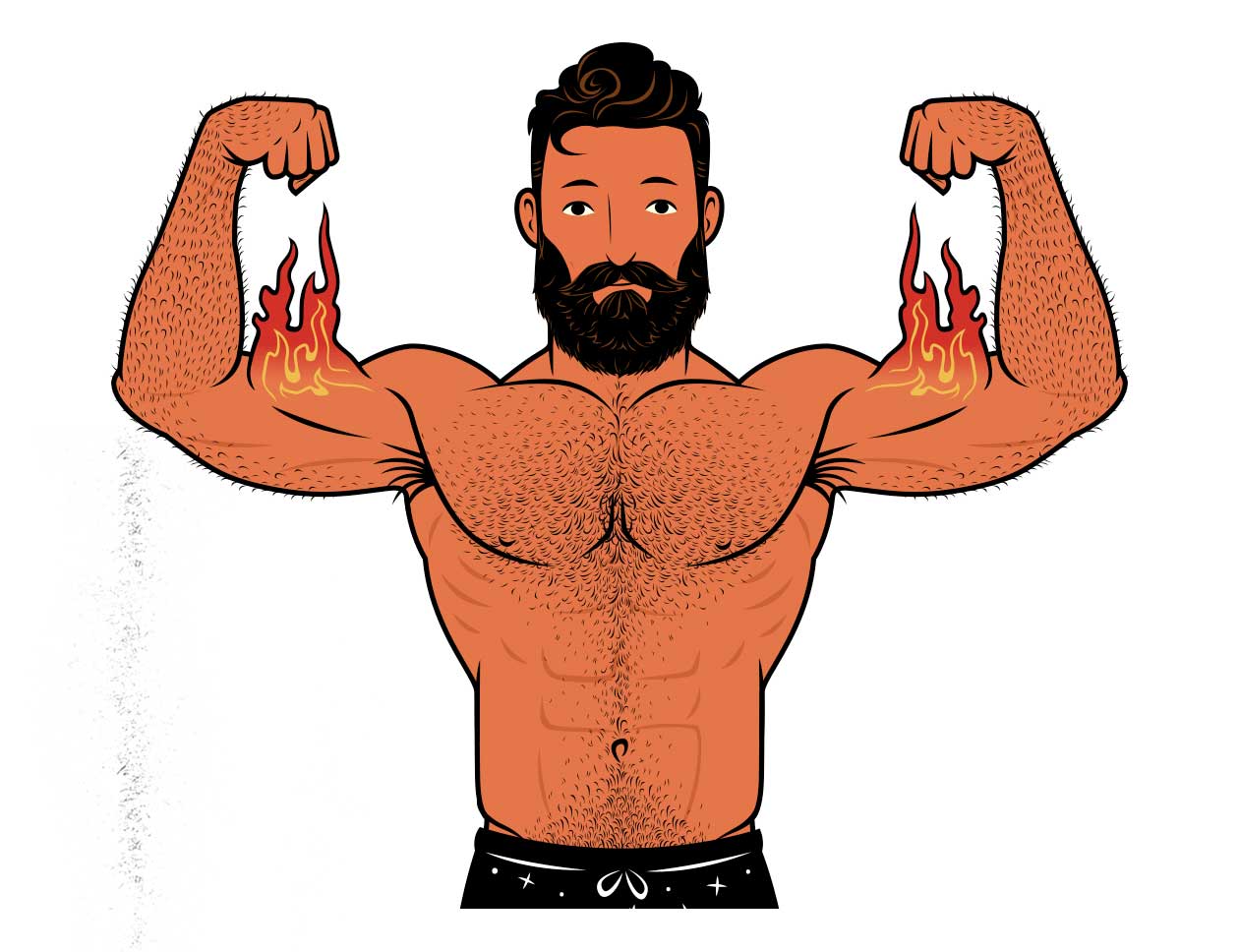
There’s a flaw in this line of thinking, though. Our ultimate goal isn’t to boost muscle-protein synthesis, our goal is to build actual muscle. And if we look at the actual muscle growth taking place—the myofibrillar protein synthesis—we see that working out stimulates at least a couple days of growth, even in intermediate lifters. For example, in this study, a single workout stimulated at least three days of muscle growth.
A rigorous workout can stimulate at least three days of muscle growth in our muscles, meaning that we can build muscle steadily throughout the week by training our muscles just 2–3 times per week.
Can We Build Muscle Faster by Training More Often?
As we cover in our article on 3-day push/pull/legs splits, there’s quite a bit of evidence showing that we can build muscle faster by training our muscles more than once per week. For instance, this meta-analysis found that by training our muscles 2–4 times per week instead of just once, we can nearly double our rate of muscle growth:
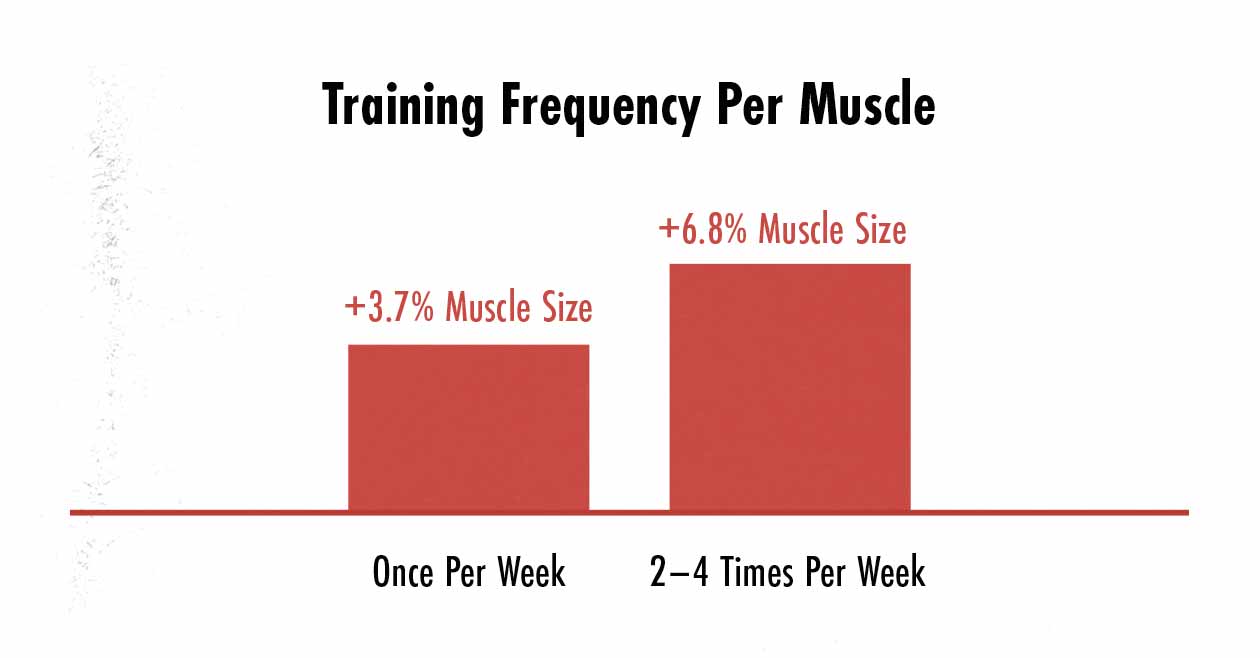
That’s why doing 3-day full-body routine or a 4-day split can help us build muscle faster, and it explains why those routines have become so popular. But what if we’re already training our muscles at least twice per week? Is there a benefit to training them even more often than that? It’s kind of hard to say.
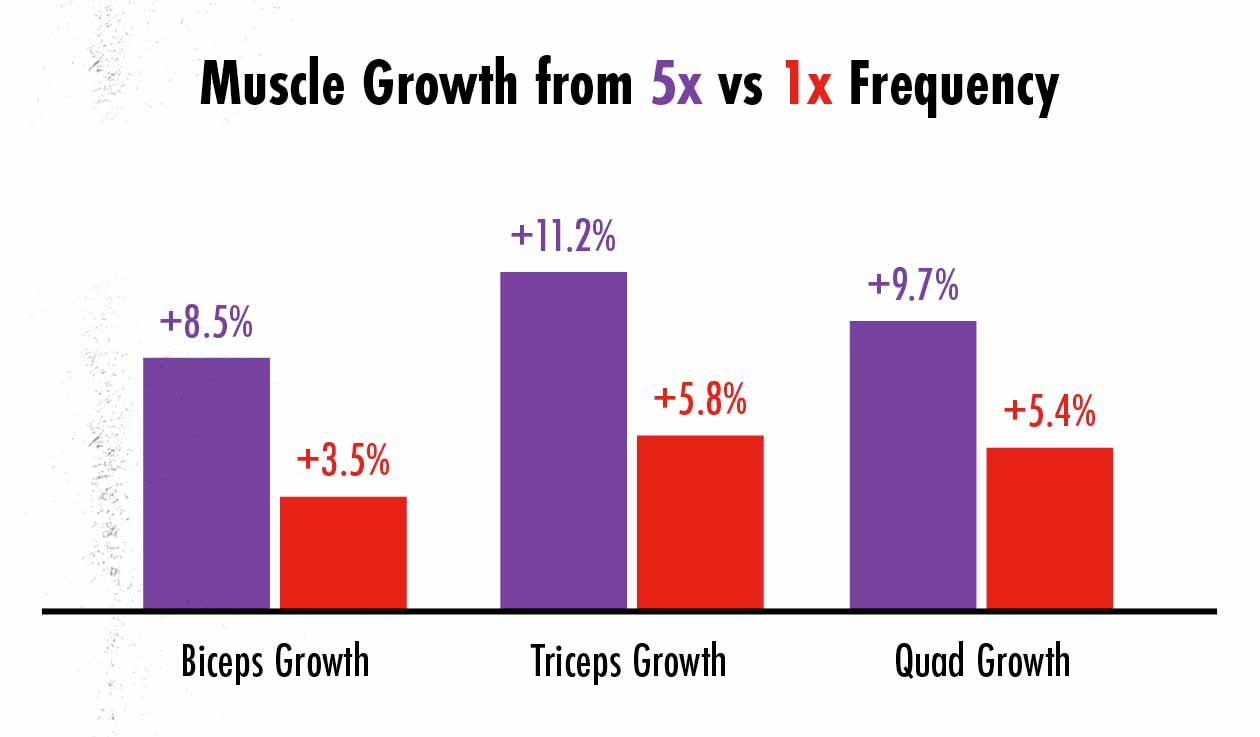
If we look at a recent study on high-frequency training, it found that training our muscles 5x per week improved muscle growth quite a bit. The problem is that it’s comparing a frequency of 5x per week against a frequency of just once per week, which we already know isn’t ideal. It doesn’t tell us whether training our muscles 5x per week builds muscle faster than training our muscles 2–4 times per week.
The tricky thing, though, is that for participants training their muscles just once per week, the study used kind of a funny body-part split routine. One day the participants were doing rows and lat pulldowns, another day they were doing biceps curls. Does that count as two days for the biceps? Does that show that training our biceps 5x per week is better than training them twice per week? Maybe!
My guess is that by training your biceps hard twice per week you could get an ideal amount of growth out of them. But you’d need to train them fairly hard, and for our limbs, that usually means doing isolation lifts. As we covered in our article comparing chin-ups versus curls for biceps growth, doing chin-ups does work our biceps quite hard, but to fully stimulate them, it really does help to include some curls.
Plus, if we look at studies like this one and this one, which compare training our muscles 3x vs 6x per week, there’s no difference in muscle growth. So even if it’s the case that training our muscles 5x per week stimulates more muscle growth than training them 1–2 times per week, it seems that training them 3x per week is enough to fully maximize muscle growth.
Right now, based on the research we have, it seems that training our muscles 2–4 times per week is enough to maximize muscle growth. But for some muscles, it may be that training our muscles 3 times per week stimulates more muscle growth than training them twice per week, especially if we aren’t training them very hard in some of those workouts.
Are There Benefits to High-Frequency Training?
Even if training our muscles 2–4 times per week is enough to maximize our rate of muscle growth, there are still a few advantages to training our muscles more often:
- Technique: the more frequently we practice the lifts, the faster we can learn good technique. This makes frequent practice quite good for beginners.
- Strength: the more often we do the lifts, the better we get at doing them, and so the stronger we get at them. This is why high-frequency programs often produce better strength gains.
- Shorter workouts: the more often we work out, the less work we need to do each workout, keeping each workout short and easy. This can be a great boon for stronger lifters whose workouts are becoming quite fatiguing.
- Higher training volumes: the more often we work out, the easier it is to do more sets per muscle per week. And the more work we do with our muscles, the more muscle growth we get (up to a point). More on that in our article on training volume.
So even if higher training frequencies don’t stimulate more muscle growth, there are still a few good reasons why you might want to try it. It might be a good way to get better at your lifts, gain some strength, and increase your training volume. Or maybe you just prefer doing shorter workouts more often.
Is There a Downside to Training Our Muscles Every Day?
So far most research shows that training our muscles up to 5–6 times per week is a viable way of training. Even if it’s not a better way of training, it’s still a great way of training. We can build a maximal amount of muscle that way, and we also get a few other worthy benefits. So why not, right?
There are some things to watch out for. The researcher James Krieger, MS, notes that high-frequency training can cause wear and tear on our joints. That won’t happen to everyone, but to people who are more susceptible to joint injuries, it can cause problems. That’s why he ultimately had to stop his experiment with high-frequency training, reverting back to a more conventional approach. He also noted that his rates of muscle and strength gains were unaffected by these changes in training frequency. The only difference he noticed was more joint pain.
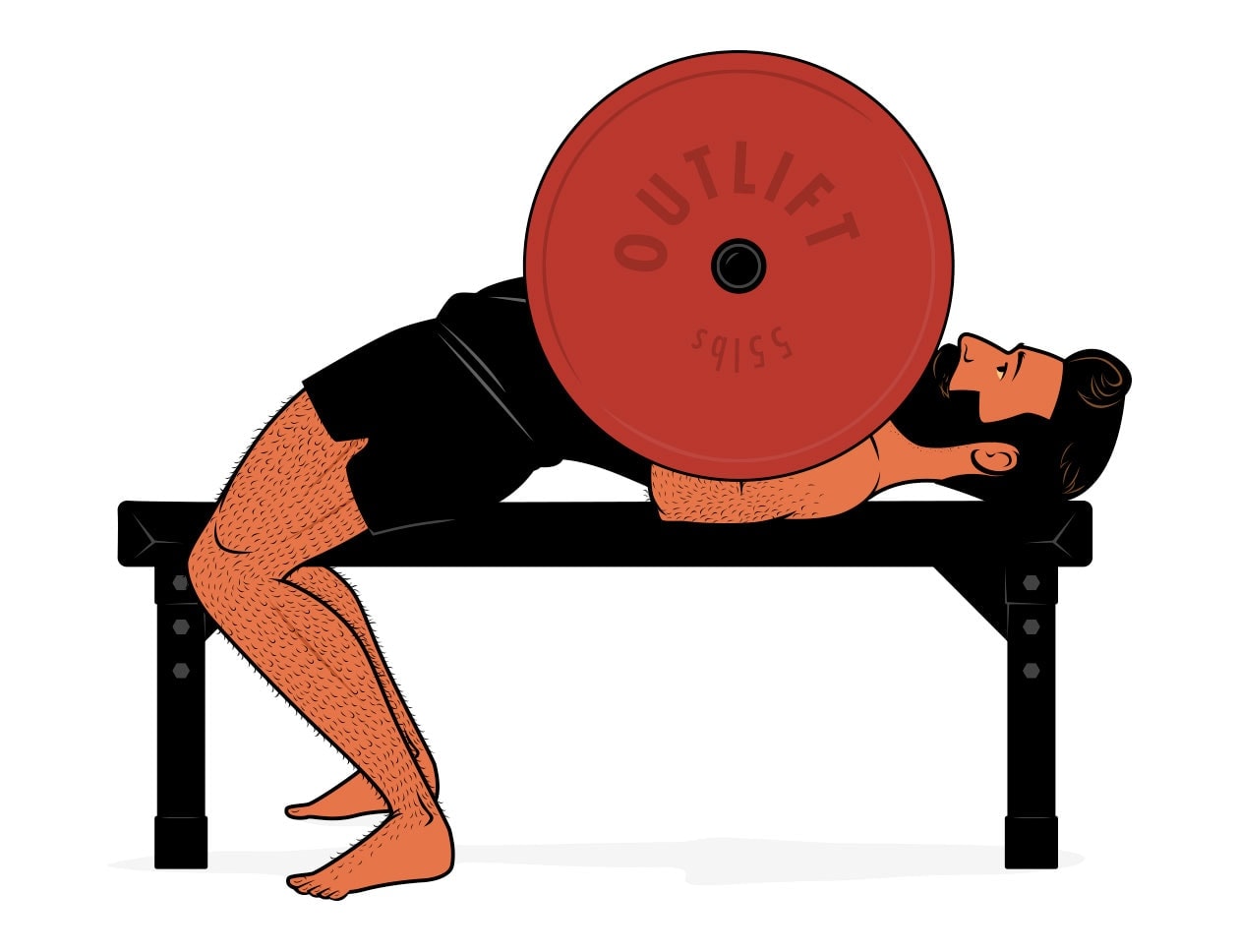
My own experience was similar. When I was trying to bring up my bench press to 315 pounds, I tried high-frequency training as a way to improve my strength. I could already do 225 for 15+ reps, so I had the muscle size for it. I just needed to get better at lifting closer to my 1-rep max. I thought that by benching more often, I’d be able to gain strength faster. So I tried out a professionally programmed high-frequency bench press program. But my back started hurting, my shoulders started aching, and I lost all of my excitement for training. Plus, it didn’t seem to be increasing my strength.
When I went back to benching twice per week, my bench press strength started going steadily up again, all of those little nagging pains went away, and within a few more weeks, I benched 315 with my shoulders and back feeling bulletproof.
Another disadvantage to high-frequency training is that it can mean a lot of time spent doing your warm-up routine, especially if you’re doing heavier lifts in heavier rep ranges. For example, if you need to do some dynamic warm-ups and a few warm-up sets before you get into your working sets of squats, and if you’re doing that every single day, that can add up to a lot of time spent warming up!
High-frequency training can work well for some people, less well for others. It’s common for people to start struggling with joint pain when they start training more often. Plus, stronger people training in heavier rep ranges might find that they’re wasting a ton of time every day doing warm-ups.
How to Minimize Joint Pain & Maximize Muscle Growth
The trick with high-frequency training is usually to cycle through a few different exercises for each body part. For example, if you’re trying to train your glutes every day, maybe one day you do squats, the next day you do Romanian deadlifts, and the next day you do hip thrusts. Every day you’re training your glutes, but you’re training them with different lifts, stressing your joints in different ways, working different areas of your muscles. Not only can that help to minimize your risk of injury, but it can also lead to faster and more balanced muscle growth.
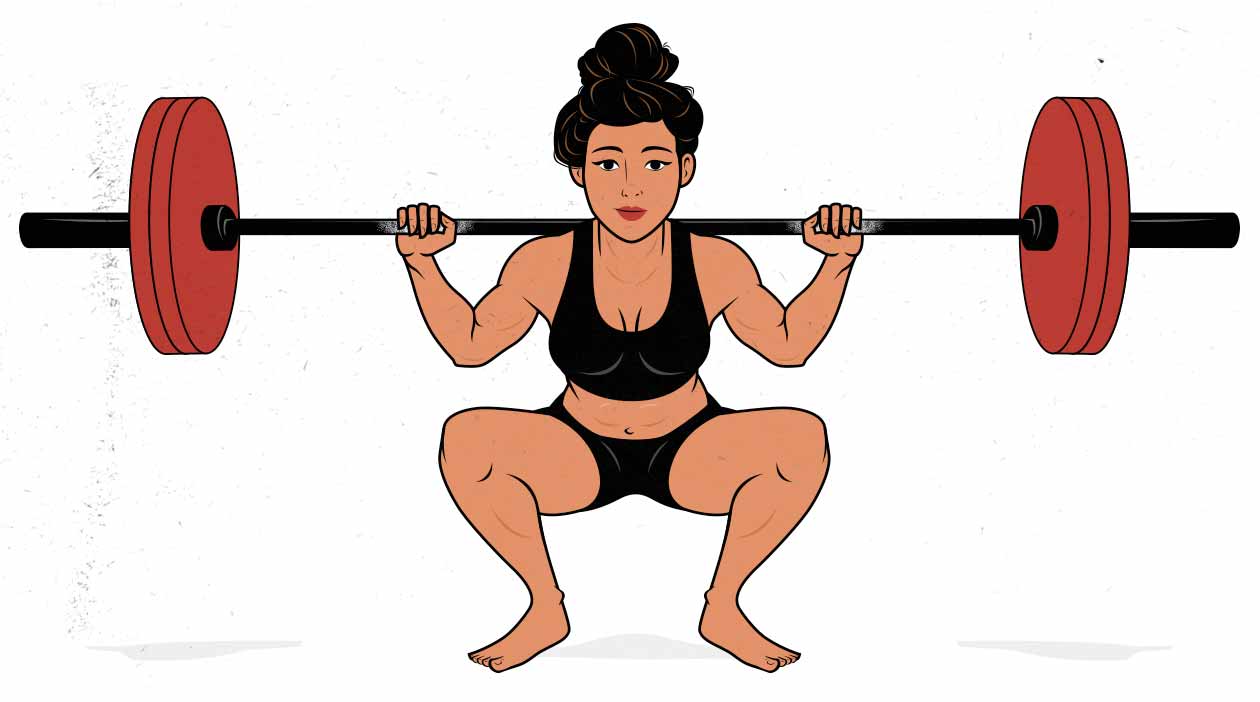
The downside to using a wider variety of exercises is that you lose the benefit of practicing your lifts more often. So for a beginner, they might want to repeat the same lifts over and over again. Then, as their technique improves, they can start to cycle in new lifts.
Some Lifts Are Easy to Train More Often
It’s common for people to run into joint pain when squatting, deadlifting, benching, or even doing biceps curls with a high frequency. Those lifts can beat up our joints, which is fine—they adapt by growing stronger—but if we skip the recovery process, it can lead to problems.
On the other hard, there are some lifts that are quite easy to do every. Those lifts tend to be the closed-chain bodyweight lifts:
- Push-ups
- Chin-ups
- Crunches
- Planks
- Hanging leg raises

In fact, one of my favourite ways to train chin-ups is to crank out a few sets each day, often spread out by a few hours. It’s a lift where you don’t need to warm up, either, so there’s time wasted setting up for it. It’s possible to beat up your elbows with chin-ups, but that can be solved by using an angled chin-up bar or gymnastics rings.
The same thing is true if you want to do some push-ups or ab exercises every day. So long as you aren’t training your muscles so hard that your soreness interferes with your workouts, it tends to work out quite well.
Just keep in mind that this is just a strategy of getting your weekly sets in. There’s no real advantage to doing these exercises every day, especially once you’ve learned good technique, so feel free to do them during your workouts instead.
Another Way to Train 5 Days Per Week
If you enjoy working out 5 days per week but you’re finding that doing full-body workouts is grinding up your joints, or if you’re spending all of your time doing warm-ups, there’s another approach you might be interested in: a body-part split. Something like this:
- Monday: Upper Body (e.g. bench press + rows + accessories)
- Tuesday: Lower Body (e.g. front squats + stiff-leg deadlifts + accessories)
- Wednesday: Upper Body (e.g. overhead press + chin-ups + accessories)
- Thursday: Lower Body (e.g. conventional deadlifts + stiff-leg deadlifts + accessories)
- Friday: Upper Body (e.g. arms + shoulders + neck + accessories)
- Saturday: Cardio
- Sunday: Rest
That way you can train frequently, accumulate a ton of volume for each muscle group, and keep your muscle-protein synthesis roaring all week long… while also giving your muscles and connective tissues more time to recover between workouts.
Summary
A lot of people enjoy doing push-ups, chin-ups, or crunches 5–6 days per week, and that’s perfectly fine. It’s even okay to do free weight training every day, such as squatting or benching every day. Just make sure that you’re following a well-designed program that won’t beat you into the ground. And make sure to watch out for joint pain, which is common with high-frequency training. If your joints start to complain, it’s probably wise to listen to them.
With that said, based on the research that’s currently available, training our muscles more than 2–4 times per week doesn’t seem to stimulate any extra muscle growth. So if you prefer training 3–4 days per week, that’s perfectly fine. It’s also fine to run a 4–5 day body-part split. You should still be able to build muscle just as fast, your training will be more efficient, you’re less likely to run into joint pain, and you might have an easier time managing your fatigue.

As always, if you want a customizable workout program (and full guide) that builds these principles in, check out our Outlift Intermediate Bulking Program. We also have our Bony to Beastly (men’s) program and Bony to Bombshell (women’s) program for skinny and skinny-fat beginners. If you liked this article, you’ll love the full programs.



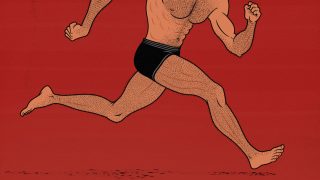


Hi Shane, training a muscle 3 or more times a week may work initially when weights are lighter. But once the weights get heavier, this approach won’t work, at least for most people.
A beginner who is benching 135lbs may do it 3, 4, or even 5 times a week. But not many 435lb benchers can do it 4 or 5 times every week for long period of time.
It entails the problems that you have already mentioned. Overuse injuries, wear and tear of joints, stagnated progress, etc.
Shane, you said that in experienced lifters the protein synthesis may stop after 24 hours or so, so muscle can be trained again. I think that even though protein synthesis stops, muscle is still not fully recovered after 24 hours in experienced lifters. In my example above, do you really think that 415lb bencher can hit it again next day, everyday? I doubt it. As you say that a different lift can be used each time, then do you think that person can do heavy weighted dips next day, then heavy inclined benching next day, etc?
I believe protein synthesis is just one of the components in bigger picture of muscle recovery. There must be a reason that the people handling the heaviest of the benching are not doing it with such a high frequency unless they use very sub-maximal loads.
Hey Farhan, I think you’re correct. As people get stronger, it can make sense to have more recovery between workouts, especially if those workouts are rigorous. Powerlifters will often do speed work and such, which is almost akin to active recovery. So there are ways to train more often. But yes, if we’re talking about doing hard workouts, getting stronger often means training our muscles less often.
In experienced lifters, muscle-protein synthesis drops off after 24 hours or so, but that ISN’T a reason to train more often. The specific type of muscle-protein synthesis that yields muscle growth, Myofibrillar protein synthesis, continues for at least 3 days after a hard workout. Our muscles are still growing after 24 hours. We don’t need to rush it. That’s the point I was trying to make.
And yes, you’re correct. Even once a muscle stops growing, we still need to consider how long it takes for our tendons and joints to recover. Muscle recovery isn’t the only limiting factor.
Finally, I think you’re correct that there’s a reason why the classic, tried-and-true way of training tends to involve at least a day of rest between workouts, and often several days of rest. That isn’t to say that high-frequency training can’t work, or that classic methods are better, but they often hold hints. And I wouldn’t be surprised if high-frequency didn’t stand the test of time because of higher rates of injury, lower training motivation, more fatigue, or etc.
So, yeah, I think you’re right 🙂
Thanx for detailed response, Shane. So nice of you.
My pleasure, man 🙂
From couple of years I am mainly on a five day (Mon- Fri) workout program. I train every day with one set with light weights, without pushing too much. I even don’t warm up or cool down- for now I don’t have problems and feel good. In terms of muscle building, training harder from time to time might be better, but training often is fun for me. There are people who hate training often, in fact they train quite rare- once a week or even less and there are people who enjoy spending almost every day in training. It depends from out preferences, I believe.
When the weights are light, those easy early reps in the first set are almost like a warm-up set.
I take the approach of pushing myself harder but doing less. As long as you’re making progress (or happily maintaining your progress), your method is working 🙂
I am happy that you are understanding me, man! Many people are criticizing me that I forget the warm up, but I believe I don’t need. A kettlebell or two is not something that is going to destroy your joints. Especially when you do not push yourself hard. I perform a single set with number of reps, which are away from my max. The purpose is to be ready to meet the everyday physical challenges fresh (no matter how rare are they for an office worker). And about the cooldown… I am just starting my daily tasks- make bed, prepare for work and go (usually walking).